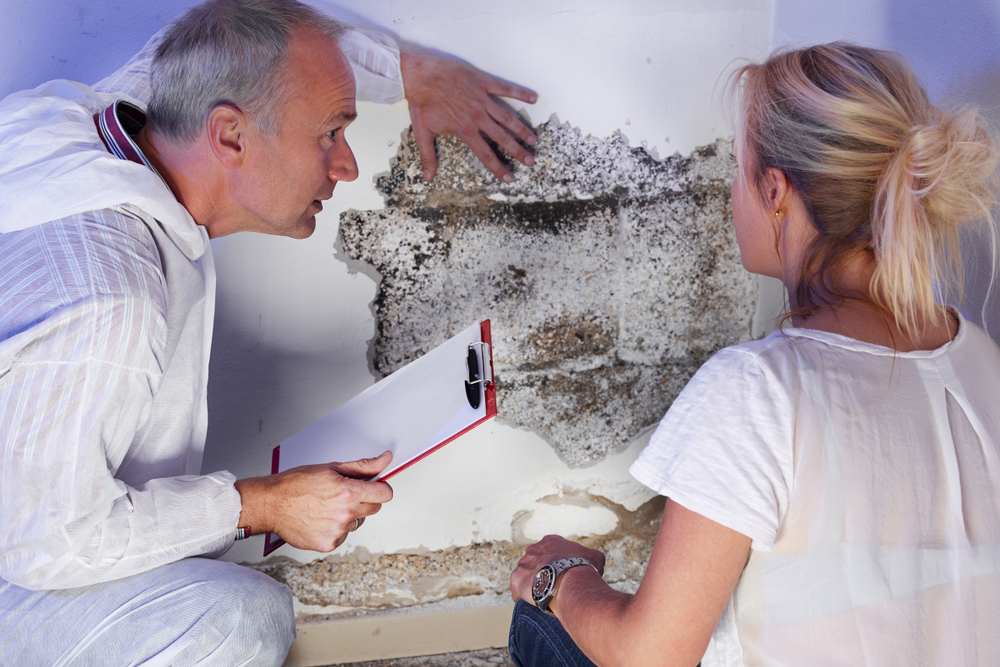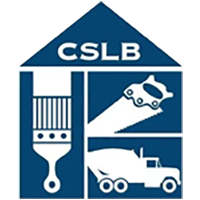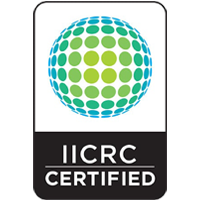
Personal Safety First
- Wear Protective Gear: Always wear protective clothing when entering a flooded area, including waterproof boots, gloves, goggles, and N95 masks to protect against mold spores, bacteria, and other contaminants.
- Secure the Area: Before starting any restoration work, ensure the structural safety of the property. Check for signs of structural damage like sagging ceilings or compromised walls that could pose a risk.
Health Risks Associated with Flooding
- Contaminants in Water: Flood water can be contaminated with sewage, chemicals, and other hazardous substances. Be cautious and assume that all flood water is contaminated.
- Mold and Mildew: After a flood, mold can develop within 24-48 hours. Continuous exposure to mold can lead to respiratory problems and other health issues, especially in children, the elderly, and those with compromised immune systems.
- Electrical Hazards: Avoid electrical shock by turning off the main power if water has entered the structure until an electrician inspects it.
Cleaning and Disinfecting
- Remove Water Quickly: Use pumps or wet-dry vacuums to remove standing water. Thoroughly dry out the area with fans and dehumidifiers to prevent mold growth.
- Clean Thoroughly: Everything that got wet should be cleaned. Hard surfaces can be cleaned with soap and water followed by a disinfectant. Soft materials such as clothing and stuffed toys should be washed in hot water or replaced if they cannot be thoroughly cleaned.
- Disinfect: Use EPA-approved disinfectants to clean any areas affected by flood waters. This reduces the risk of diseases and mold growth.
Safe Restoration Practices
- Proper Ventilation: Good airflow is essential during and after the cleanup to disperse fumes from disinfectants and reduce mold spores. Open windows and doors and use fans to circulate air.
- Hazardous Material Handling: Be cautious of hazardous materials like asbestos and lead paint that may be present in older homes. If suspected, consult a professional before disturbing these materials.
- Seek Professional Help: Structural damage, mold remediation, and electrical repairs should be handled by professionals. They have the training and equipment to handle complex situations safely and effectively.
Safety during flood restoration is paramount. By taking the right precautions and employing safe practices, you can protect yourself and others from potential health risks. Musick Restoration prioritizes your health and safety, ensuring all aspects of flood recovery are managed professionally to restore harmony and peace to your environment.






